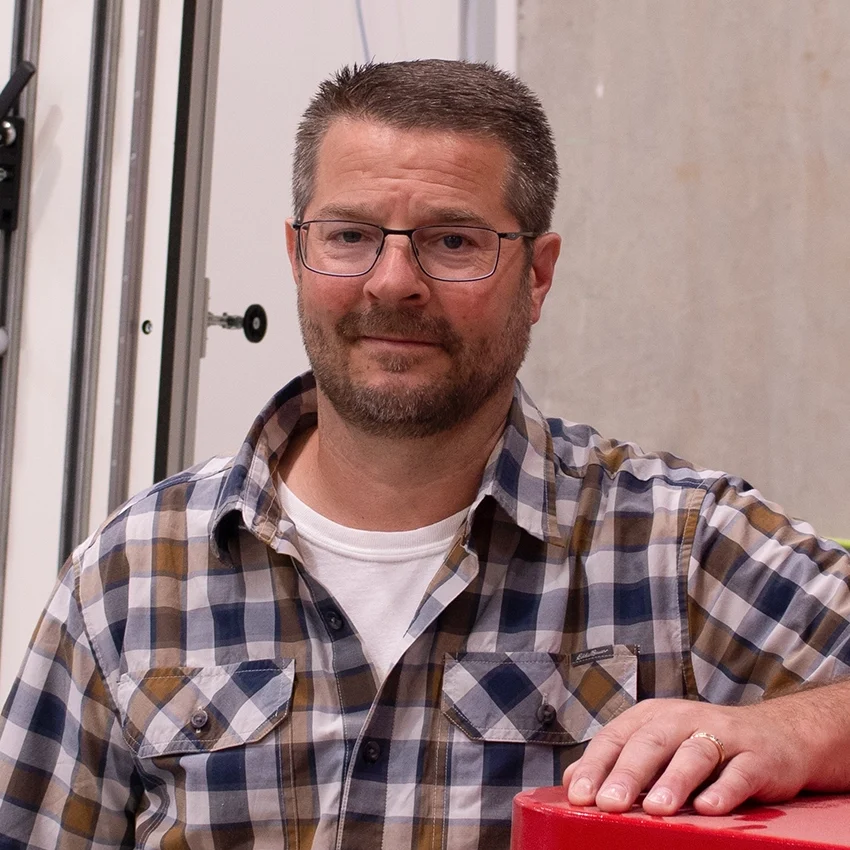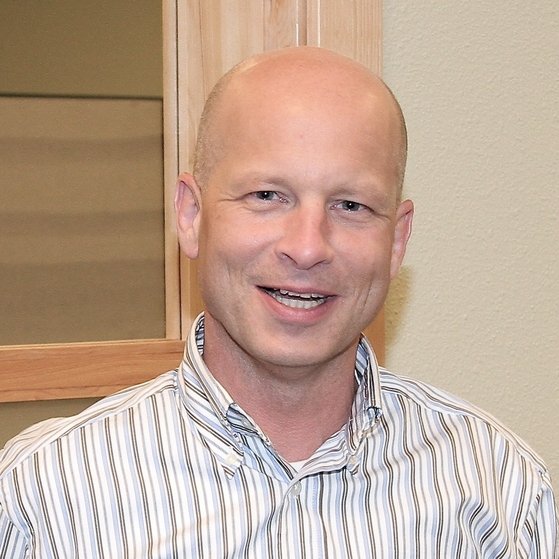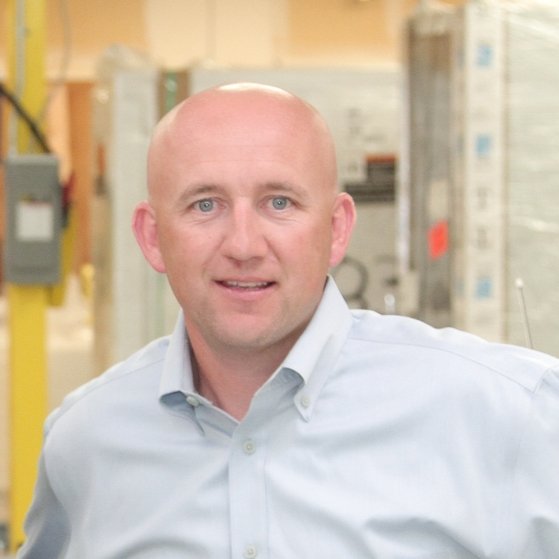Menu
Microcontrollers and PLCs can perform many of the same functions, such as mathematical operations, logic and data processing, and controlling devices. However, microcontrollers are significantly less expensive to obtain. So why aren’t manufacturers racing to replace their PLC systems with microcontrollers?
The best way to understand why PLCs are still the clear choice for industrial applications is to examine the key characteristics that make these two types of computers different beyond just their lopsided price tags.
A microcontroller is a compact integrated circuit device that is typically embedded within another device, such as a home appliance, television, or a car, to control a singular function. It’s also common for multiple microcontrollers to be used to handle varying tasks. For example, a car will have one microcontroller for operating the speedometer, another for the auto-braking system, and yet another for the powered windows.
Microcontrollers contain a processor (CPU), data memory, program memory, input/output (I/O) control, and supporting circuitry. Data from a device’s various inputs are received from the microcontroller’s I/O and temporarily stored in the memory. The processor then analyzes the data to determine the appropriate response based on pre-programmed instructions stored in the microcontroller’s program memory. The processor then uses the I/O to communicate the response and perform an output function.
Microcontrollers excel in applications requiring limited computing functions; however, they can perform a wide range of operations, including mathematical calculations, processing logic and data, controlling devices, and handling serial and wireless communications. In addition, microcontrollers are typically compact in size and inexpensive, with some models being obtainable for less than a hundred dollars.
Programmable logic controllers (PLCs) are ruggedized computers used for industrial automation. Similar to microcontrollers, PLCs monitor inputs and outputs to make logic-based decisions for automating processes, as well as controlling machine functions and even entire production lines.
PLCs consist of a processor, I/O modules, a power supply, and an external programming device. The processor serves as the brains of the PLC and executes pre-programmed control functions based on data received from connected input devices, such as a sensor, switch, or thermometer. For example, if a thermometer sends the PLC low-temperature data, the PLC’s processor will analyze the data, determine the appropriate response, and execute a command to turn on a heating element.
The PLC’s I/O modules are physically connected to field devices and are what provides input data to the processor, as well as communicate commands to output devices. I/O modules are either analog or digital and can be mixed and matched to fit the application.
The external programming device is typically a desktop or laptop computer and is used for writing the PLC program, as well as downloading it to the controller. There are numerous PLC programming methods, including ladder logic, function block diagrams, structured text, instruction lists, and sequential flow charts.
PLCs are specifically designed and rigorously tested to ensure they can withstand operating in an industrial environment where they may be exposed to shock and vibration, noise, corrosive materials, and extreme temperature fluctuations. Similarly, PLCs are built for longevity, with many manufacturers operating the same PLC in their facilities for more than a decade. PLCs are also typically supported for years, making it easier to have your systems serviced and find replacement parts when necessary. In the event a PLC model is discontinued, clear migration paths to more current hardware are typically available, eliminating the need to completely rewrite your programs. IEC61131 standards for all PLC programs are another advantage that provides consistency across systems and simplifies troubleshooting.
Alternatively, new versions of microcontrollers are often introduced every few years, which can make it challenging to find replacement parts for the discontinued models. With the introduction of new versions of microcontrollers, changes to the programming environment can also be made, which may require you to overhaul your programs to match a more current system.
Overall, in an industrial manufacturing setting where efficiency, safety, and proven reliability are the top priorities for controllers, a PLC is still your best bet over a microcontroller.
Located near Seattle, Washington, Process Solutions has over 30 years of experience providing high quality and reliable control systems. With over 100 engineers and technicians on staff and an output of over 3,000 industrial control panels per year, Process Solutions is the Northwest largest control systems integrator. In addition to custom control panel design, build and commissioning, Process Solutions’ control systems services include PLC programming, PLC integration, robot system integration, energy management and refrigeration systems, SCADA software, HMI development, and DAQuery machine monitoring software.





